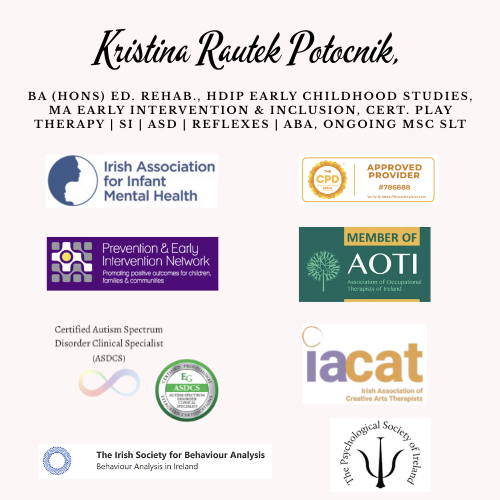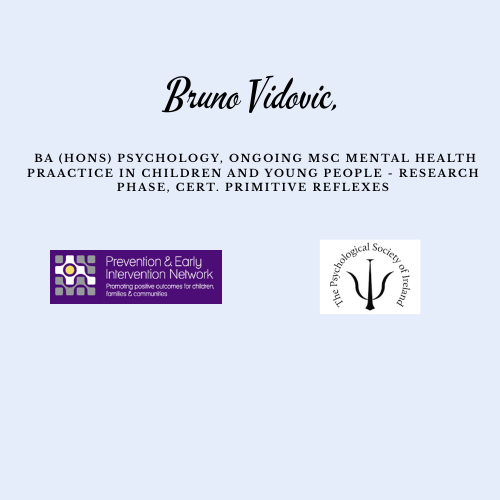A Touch of Tech: How We Use Xbox in Our Daily Sessions
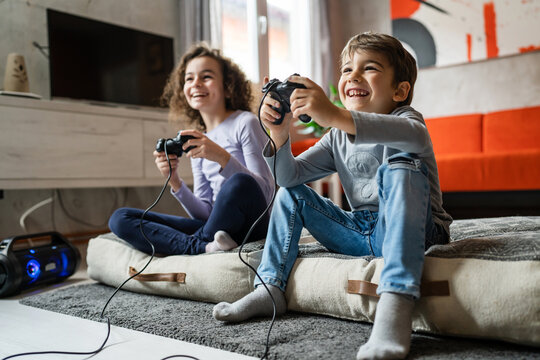
Author: NeuroNest
Our sessions are full of natural play – climbing, bouncing, balancing, exploring textures and sounds. Every child who joins us has a personalised plan. That means activities are chosen to support their needs – whether it’s helping with balance, improving focus, reducing sensory sensitivity, or supporting communication and social skills.
We include a mix of approaches, combining tried-and-true traditional methods with a small touch of modern tools. While most of our time is spent in real-world, movement-rich play, we also understand that we live in a digital world. We can’t avoid it – it’s part of children’s lives now. But we can use it wisely, turning its positive sides into support for growth and learning.
Sometimes, at the end of a session, a child may choose to play an Xbox game for 10 minutes. This only happens if the game is suitable for the child’s developmental stage and if it fits into their support plan. It’s just one option among many engaging activities like building with blocks, drawing, playing board games, exploring with VR glasses, standing on a Bobo Board or GoBalance, or trying movement-based games with GoDice or Bobo Dice.
The Xbox games we use are carefully chosen. We look for those that encourage movement, coordination, and attention – not passive screen time. And even then, children don’t use it every day. Sometimes they prefer a sensory game, a favourite puzzle, or simply bouncing on a peanut ball. The choice is always guided and supported by a professional.
Alongside active games, we also include activities that support early development and reflex integration – such as crawling, rolling, animal walks, or rhythmic movements. These help the body and brain work better together. We also use tools like Soundsory, which combines rhythmic music with movement to improve attention, balance, and coordination. Some children benefit from using Forbrain, a special headset that supports speech, memory, and focus through bone conduction and real-time auditory feedback. These tools are used only when suitable, always for short periods and within the child’s comfort level.
Table-top tasks are part of our routine too. Inspired by ABA-style learning, we use structured play to help with imitation, attention, and following instructions. These may include matching objects, identifying pictures, turn-taking games, or short sorting tasks that are playful but purposeful.
To support emotional growth and self-expression, we gently use techniques from play and art therapy. Some children enjoy storytelling with puppets, acting out feelings through small world figures, or playing with role-play materials like doctor kits or toy kitchens. Others enjoy art-based activities like drawing feelings, painting to music, or choosing colours to match their mood. These creative experiences allow children to explore their emotions in safe and open-ended ways, without pressure.
For children who are working on their speech and communication, we include simple, fun activities that support language in everyday situations. While we are not speech and language therapists, we carefully choose activities that match each child’s level and needs. These may include naming pictures and familiar objects, copying sounds with musical or noisy toys, or blowing bubbles and feathers to support oral movement and breathing. We use picture cards, photo books, and visual aids to help with understanding and expression. For verbal children, we practise describing what they see, asking and answering simple questions, or pretend play like going to the shop or talking to a friend.
We believe that each child deserves the chance to develop in a way that feels fun, natural, and safe. Sometimes that means climbing soft blocks. Sometimes it means solving a problem in a board game. Sometimes it means choosing just the right colour for a drawing. And sometimes – just sometimes – it means jumping into a fun Xbox challenge for ten minutes at the end of a busy day.
In the end, it’s not about old or new, digital or traditional. It’s about balance, choice, and supporting the whole child – body, mind, and heart.
Latest Posts
- How children make sense of the world through their senses
- How your baby learns about the world through their senses
- Helping your child grow stronger through movement and play
- Understanding How Early Intervention Helps Children Learn, Move, and Connect
- How to Recognise Tactile Defensiveness and Help Your Child Feel Safe
- Understanding Feeding Challenges and How to Support Your Child at Home
- Let’s Talk Sitting: Exploring Floor Seating Options
- Retained Primitive Reflexes: The Hidden Cause Behind Developmental Struggles
- Where Curiosity Blossoms: How Children's Play Nurtures Growth for All
- Helping Your Child Through Stress: A Gentle Guide for Parents
- Sweet Little Lies – How to Recognise and Respond with Care
- Chores Are More Than Just Tasks – They’re a Tool for Growing Independence, Focus, and Confidence
- How to Help Children Develop Emotional Intelligence
- Blending Technology and Care: How VR Meta Quest Supports Children at NeuroNest
- A simple guide for parents who want to raise confident, happy children
- Setting Boundaries with Love: A Simple 3-Step Guide for Parents
- Understanding Behavior Through the Nervous System
- A Compassionate Lens on Dysregulation in Non-Speaking Autistic Individuals
- Supporting Development Through Movement: The Role of the Swing in Early Intervention
- Blending Tradition and Innovation: How NeuroNest Supports Your Child’s Unique Journey
- When Movement Meets Innovation: Supporting Child Development with GoBalance
- Why Visual Perception Matters for Everyday Life and Development
- Benefits of Chess in Early Intervention
- Building Healthy Nutrition from the Start
- A Journey Back to Your True Self
- Supporting Your Child’s Hand Skills for Confident Writing
- Blending the Best of Both Worlds
- Helping Toddlers Eat Well: A Parent’s Guide
- Why Tummy Time Matters for Your Baby's Development
- Helping Your Child Build Everyday Independence
- Who Are the Disconnected Kids?
- From First Tries to Automatic Habits: Understanding the Stages of Skill Learning
- Why a Child’s Level of Alertness Matters for Memory and Learning
- Early brain development starts before birth
- Why Slowing Down, Adapting Tasks, and Adding Breaks Helps Children Learn Better
- Why ADHD, Autism, Dyslexia and Other Challenges Need a New Approach
- The surprising power of copying in child development
- Books are more than just language tools—they’re powerful allies in sensory and motor development.
- Rethinking sensory support: moving beyond expensive rooms toward everyday understanding.
- Understanding how fear develops in a child’s brain
- Understanding how an early baby reflex can affect your child’s daily life
- A gentle start into baby development through movement and bonding
Our Partners

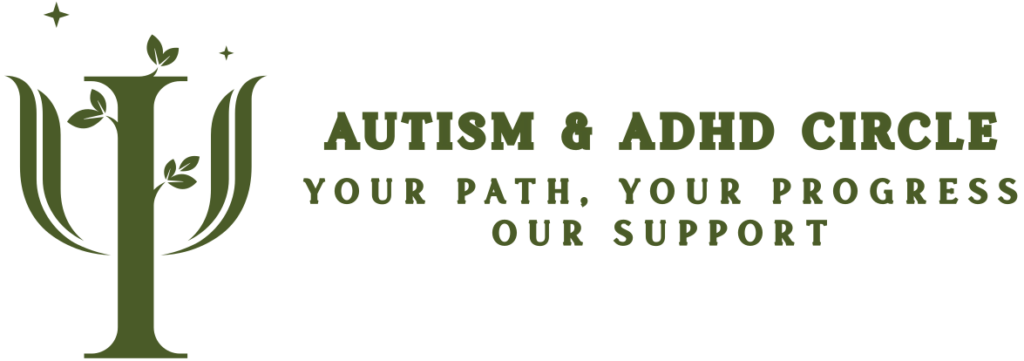
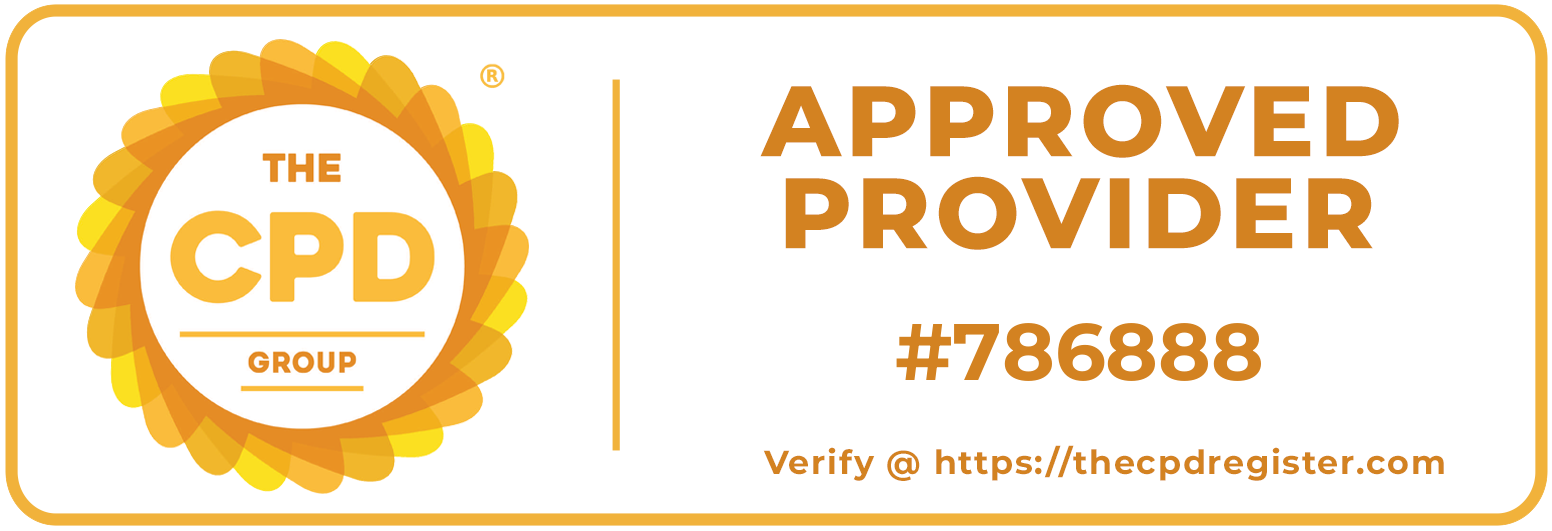
Our Memberships
